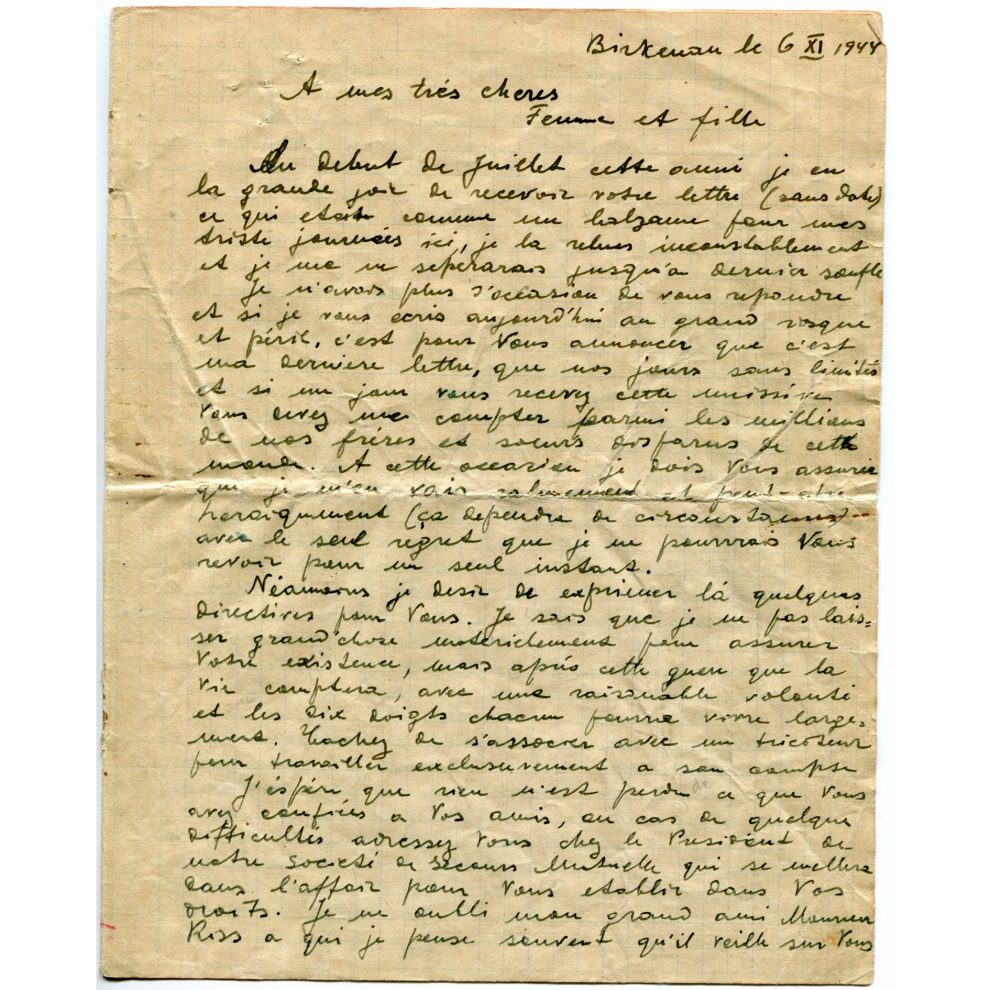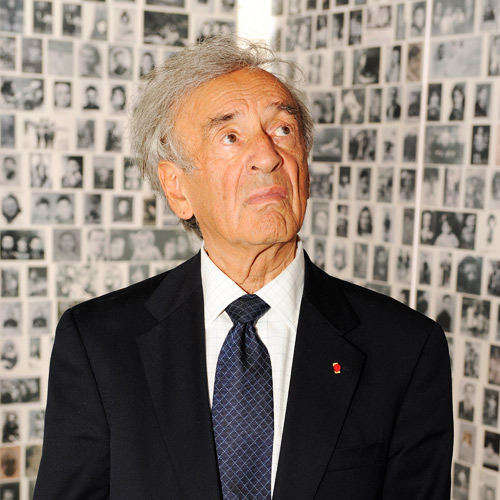
From January 26, 2020 to October 17, 2021
The voice of witnesses
Today, 75 years after the liberation of the Auschwitz-Birkenau camp, the testimonies of the Shoah at our disposal are countless: of a different nature, on variable media, they maintain a distance from the event that extends as time goes by. The witness has become a full-fledged figure of our public space, and of the collective memory that is being built there. From being clandestine, the voices of witnesses have become public: a voice, voices that can be heard in movies, on the radio, in political speeches, in the classroom, and between the lines of the numerous books that have been published and are still being published.
Now comes the time when the question of the death of witnesses inevitably arises. How will we continue this gesture, initiated by the Sonderkommandos at the risk of their lives?
This exhibition is entitled The voice of witnesses, because it would like to affirm that, beyond the death of witnesses, their voices remain and will remain: they constitute vivid traces. The next generations take it on and show us that these traces represent an intangible heritage.
We therefore invite you to listen to the voices of the witnesses, through seven listening stations and several sound archives. As the witness always tells us their story in the words and the mysteries of a specific moment, we also offer you a story of the testimony – which retraces through a timeline the journey and fluctuations experienced by the witnesses’ voices, from Birkenau’s clandestinity in 1942 to the mention of Simone Veil’s serial number when she was interred in the Pantheon in 2018.
The voice of witnesses is first and foremost a voice that comes to us from Birkenau. More precisely, from the soil of Birkenau, where manuscripts were buried by members of the Sonderkommandos, «special units» made up of Jewish prisoners, forced to extract the bodies from the gas chambers, burn them and scatter their ashes.
Found years later, these yellowed papers are the first evidence we have.
None of their authors survived. But any testimony after that, from those who will return, has an underground link to these manuscripts – a debt. Because they contain the deep meaning of what a testimony is: to leave a trace. It is a resistance, and a defeat of the Nazi project that wanted to suppress the Jewish people and any trace of the suppression itself. Any testimony, then, will reflect this urgency to say.
The witnesses will speak after them, as Primo Levi magnificently puts it, ‘by delegation’.
A history of testimony
We wanted to retrace the history of the testimony through a timeline. It is about inscribing the voice of witnesses in history, that is, in the time in which this word emerged, and in which it was (or was not) listened to. Despite the universal and, in a sense, timeless dimension of the testimonies, this timeline shows that the word and figure of the witness are intrinsically linked to the shaping of the collective memory.
Rich in archives and unpublished documents, it reveals two timelines:
The first is the evolution of the testimony. Despite variations in language, addressee, nature and form, what is striking is that, from 1942 to today, the deportees testify tirelessly.
The second timeline that emerges is that of the evolution of the reception of testimony within French society. It is subject to more pronounced fluctuations and disruptions, but has followed an increasing trend since the post-war period. It shows the emergence of the figure of the “witness” from the 1960s onwards (the term itself appearing for the first time in the context of the major Nazi criminal trials), then the multiplication of works and the growing recognition of the historical and moral importance of the witness.
This timeline describes the journey of the testimony, from the most dangerous clandestine manuscripts buried in Birkenau in 1942 to the image of Simone Veil’s serial number displayed at the bottom of the steps of the Pantheon in 2018. It defines five main periods,

